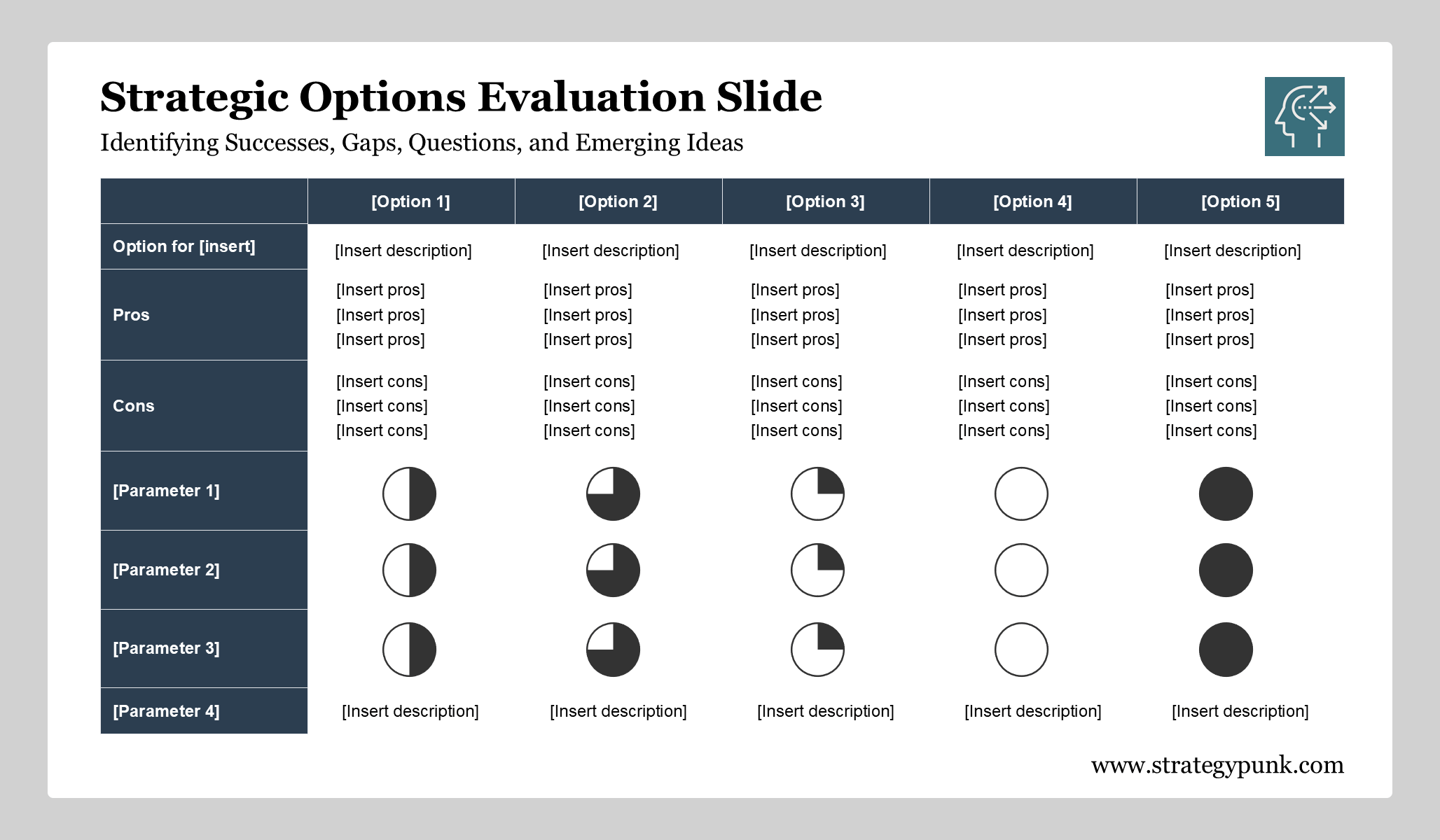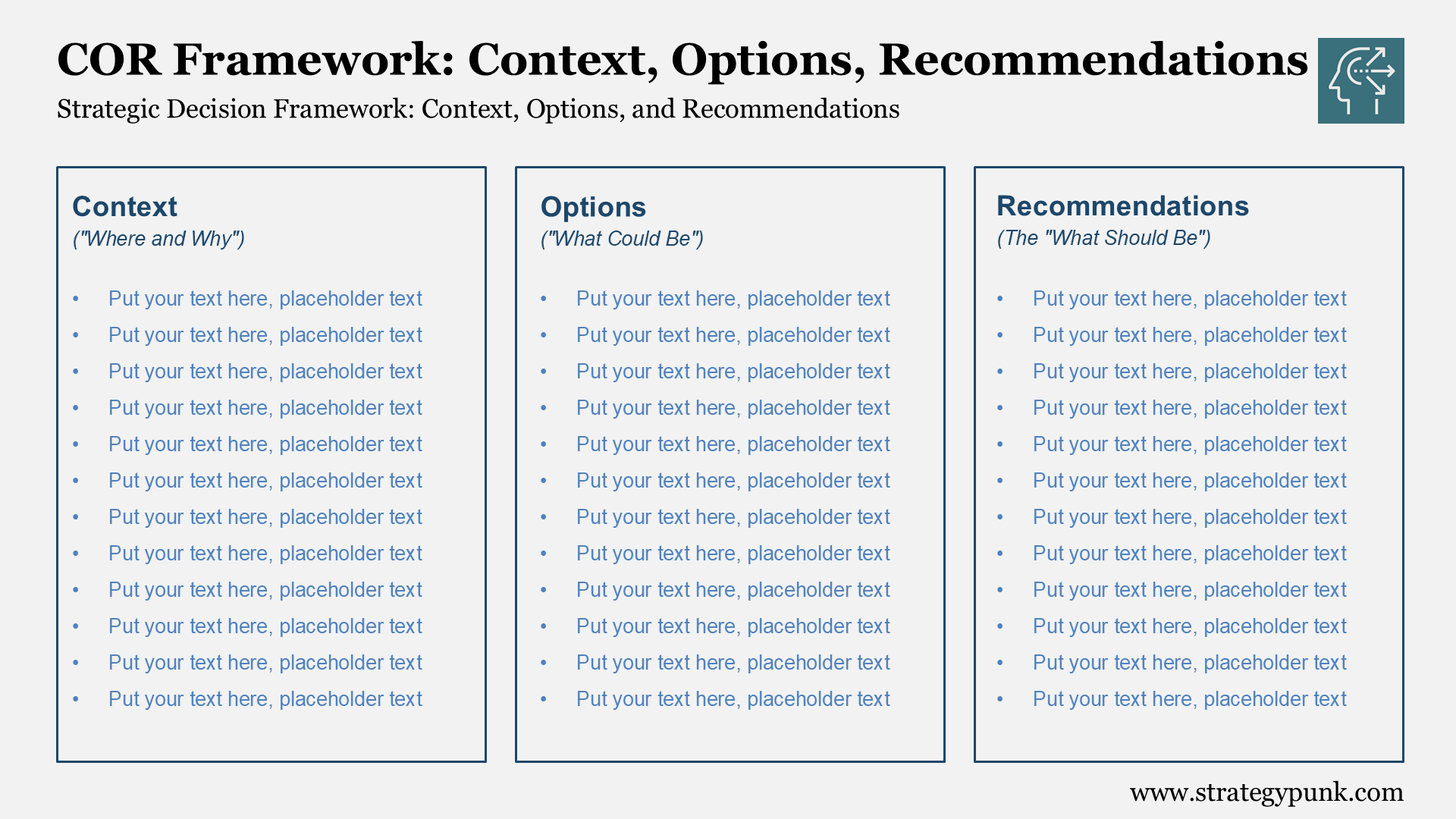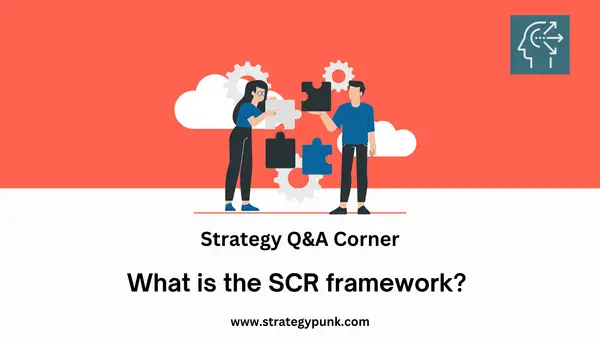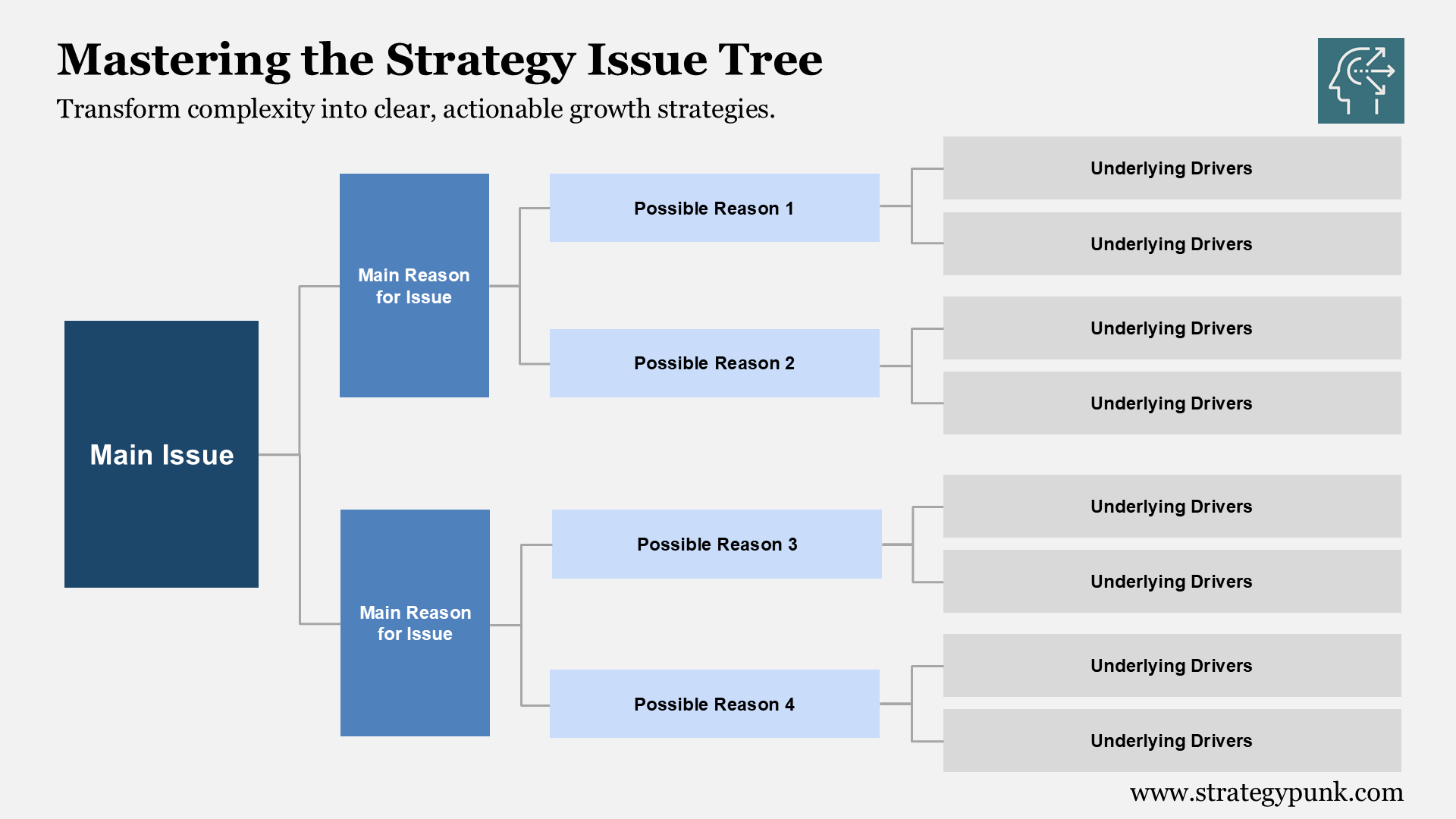The Four Pillars of Business Growth: Strategy, Execution, Monitoring, and Leadership
Discover the transformative power of exponential business growth through the four key pillars - Strategy, Execution, Monitoring, and Leadership.
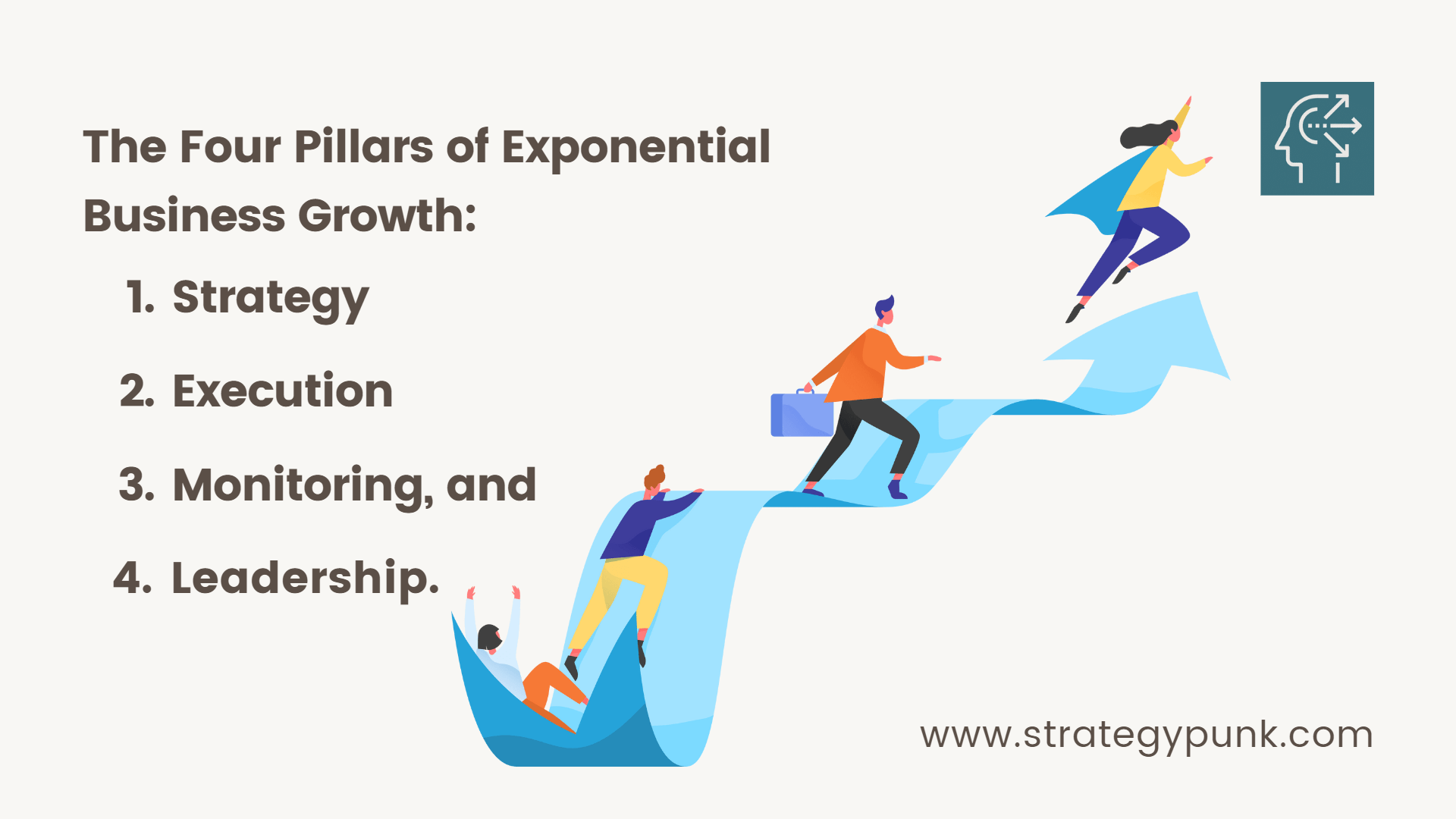
Introduction
Have you ever wondered why some businesses skyrocket while others plateau or falter? What secret sauce propels a company from a fledgling startup to a thriving enterprise?
You're in the right place if you're an entrepreneur, a business owner, or simply someone intrigued by the mechanics of successful business growth.
Welcome to The Four Pillars of Exponential Business Growth: Strategy, Execution, Monitoring, and Leadership.
We'll be delving into the crucial components of exponential growth.
This includes a solid, visionary strategy that serves as the compass for your organization; an execution framework that turns your strategy into action; robust systems that monitor progress and provide insights for improvement; and lastly, a capable, inspiring team and leadership that drives the whole engine forward.
Don't worry if this sounds overwhelming - we'll unpack each element, providing practical advice and real-world examples.
So, are you ready to start the journey to exponential growth? Let's dive in.
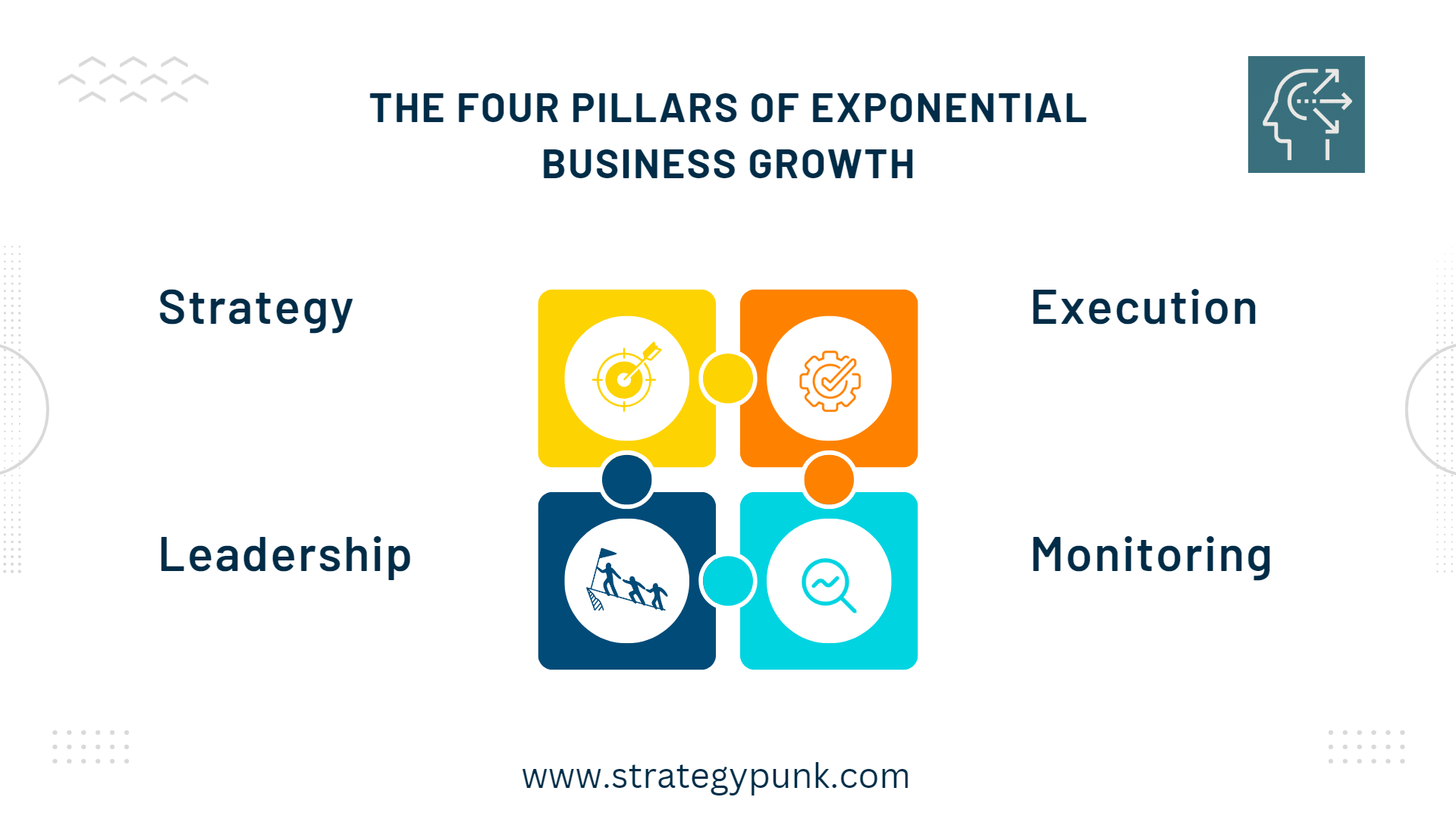
A Solid Strategy
The cornerstone of any successful business is its strategy. It must align with the company's mission, vision, and values and help it achieve its objectives.
It involves identifying the target market, deciphering the competitive landscape, and crafting unique selling propositions. A robust strategy often demands innovative tactics to penetrate new markets or roll out fresh products or services.
An Execution Framework
With a solid strategy, the next step is implementing it using a practical execution framework. This framework transforms the strategy into achievable goals, assigns responsibilities, and sets timelines.
It also encompasses the necessary operational processes, technology, and resources. Some common execution frameworks include the Balanced Scorecard, OKR (Objectives and Key Results), and Hoshin Kanri.
Systems to Measure Progress
Ensuring the business stays on course requires regular measurement and monitoring of progress. Set up key performance indicators (KPIs) to gauge success, utilize analytics to track progress, and pinpoint areas for improvement.
Conduct regular reviews to evaluate progress towards goals and adjust the strategy or execution framework as needed.
A Capable Team & Project Leadership
Scaling a business isn't a solo mission; it demands a team of skilled individuals and project leaders to execute the strategy effectively.
Leaders must motivate the team, manage resources efficiently, and make critical decisions to drive the business forward.
Case Studies Highlighting Companies That Successfully Managed Exponential Growth
Amazon
Amazon is a prime example of a company that has demonstrated exponential growth based on the Four Pillars of Exponential Business Growth: Strategy, Execution, Monitoring, and Leadership.
- Strategy: Amazon started as an online bookstore but quickly expanded into other areas. They became the most extensive online marketplace, a media company, and the most successful IT service provider. They even ventured into the physical retail business with Amazon Books and Amazon Go. All of this was done in pursuit of growth, and each move was a strategic decision based on market analysis and opportunity identification1.
- Execution: Amazon's execution framework involved establishing new services such as Amazon Marketplace, Prime, Amazon Web Services, and Kindle. These services not only generated new revenue for Amazon but also locked in customers and created a robust ecosystem of interconnected products and services1.
- Monitoring: Amazon has had its share of successes and failures. Notably, its Auctions, A9 Search Engine, Endless, and Fire Phone initiatives needed to meet expectations. However, Amazon identified these underperforming ventures and redirected resources accordingly, demonstrating its capacity to monitor and adjust its strategies and execution frameworks1.
- Leadership: Amazon's growth and success can be attributed to its leadership, notably its founder, Jeff Bezos. His vision for Amazon as the "Earth's most customer-centric company" has guided the company's strategy, execution, and monitoring efforts.
Key takeaways
- A solid strategy is the cornerstone of any successful business. It should align with the company's mission, vision, and values and outline the path to achieving its objectives. The strategy should encompass identifying the target market, understanding the competitive landscape, and crafting unique selling propositions.
- After developing a robust strategy, the next step is implementing it through a practical execution framework. This includes transforming the strategy into achievable goals, assigning responsibilities, setting timelines, and outlining necessary operational processes, technology, and resources.
- Monitoring and measuring progress is vital to ensure the business stays on track. This involves setting up Key Performance Indicators (KPIs), using analytics to track progress and identify areas for improvement, and conducting regular reviews to adjust the strategy or execution framework as necessary.
- Finally, a capable team and project leadership are necessary for effectively executing the strategy and scaling the business. This involves motivating the team, managing resources efficiently, and making critical decisions to drive the business forward.


